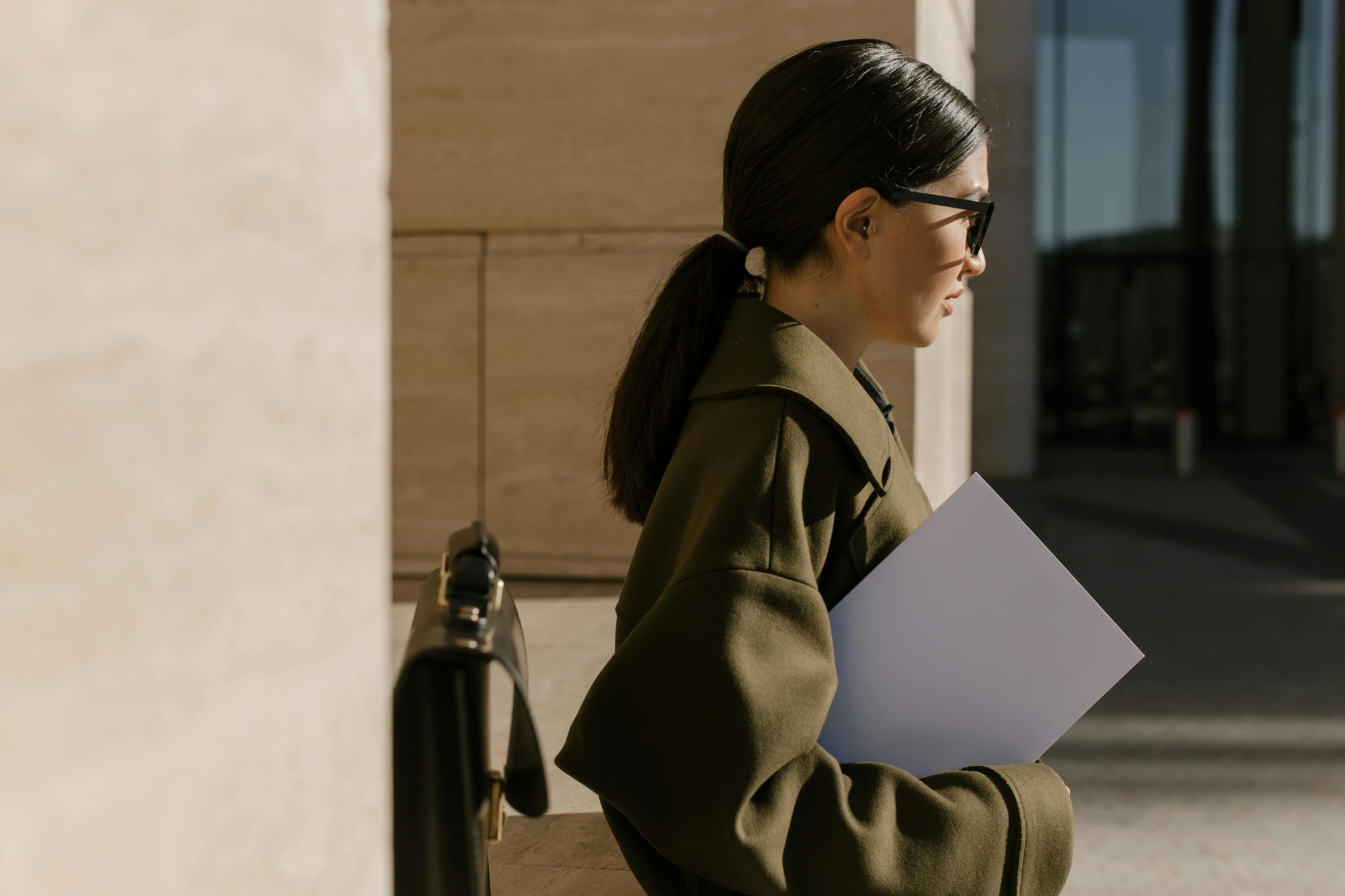ROOT
Decline in real wages impacts women the most
The real wages of all Australians have moved lower as wage growth continues to lag inflation.
Decline in real wages impacts women the most
The real wages of all Australians have moved lower as wage growth continues to lag inflation.

A new report from the McKell Institute has found that women have suffered a greater decline in real wages during the past year compared to men.
Through analysis of average weekly ordinary time earnings data from the Australian Bureau of Statistics (ABS), the McKell Institute reported that the real wages of women had fallen by 1.6 per cent during 2021, versus a fall of 1.2 per cent for men.
“Across Australia both men and women are doing it tough with the value of their pay packets falling in real terms. But this data shows women are doing it that much tougher,” said McKell Institute CEO Michael Buckland.
Women in Victoria and Queensland saw the fastest declines in real wages compared to men in these states, according to the analysis.

In Victoria, wages dropped by 2.2 per cent for women and 1.3 per cent for men, while in Queensland women suffered a 2.7 per cent decline versus a fall of just 0.1 per cent for men.
“If the federal government is not deeply alarmed by this data there’s something very, very wrong,” said Mr Buckland.
“Falling real wages will be a decisive factor in the upcoming election, and right now women are bearing the brunt of it.”
Additionally, the real wages of female workers in Tasmania moved down 2.4 per cent as wages for males in the state remained flat. In the ACT, the real wages of males grew by 1.6 per cent while females experienced a drop of 0.2 per cent.
Northern Territory workers recorded the largest decrease in real wages in the country during the year, with a greater fall for men (-7.5 per cent) than for women (-5.6 per cent).
Male workers in NSW also saw a larger decline (-3.1 per cent) than female workers (-1.4 per cent), similar to the declines seen in Western Australia for both men (-3.2 per cent) and women (-1.0 per cent).
South Australia was the only state where the real wages of females edged higher, moving up 0.3 per cent compared to a fall of 0.5 per cent for males.
The Workplace Gender Equality Agency (WGEA) reported last month that the gender pay gap had narrowed slightly during 2020-21 but remained at 22.8 per cent.

Earn
From lone wolves to performance systems: how to convert individual drive into repeatable team wins
High-performing individuals are valuable; systems that meaningful scale their behaviours are priceless. Agency leaders say networks can transform ambition into organisational advantage—if the ...Read more

Earn
State Street economist comments on recent Labour Force data, urging RBA caution
In light of the recently released Labour Force data, Krishna Bhimavarapu, an economist at State Street Global Advisors, has provided insights that may influence the Reserve Bank of Australia's (RBA) ...Read more

Earn
Job market booms, but falling hours keep productivity under pressure
Australia's job market is experiencing a significant resurgence, with employment figures showing a robust increase, according to the latest report from Employment Hero. The October Jobs Report, ...Read more

Earn
Rate cut back in play: how a softer labour market could reshape Australian balance sheets by Christmas
With unemployment at a four‑year high and policy makers signalling a controlled easing in labour conditions, markets are again pricing the possibility of an RBA cut before year‑end. Beyond the ...Read more

Earn
New Business Boom: Australia’s Top Ten Suburbs Lead Entrepreneurial Growth
Australia's entrepreneurial landscape is witnessing a remarkable transformation, with the latest data from the Lawpath New Business Index highlighting a significant surge in new business registrations ...Read more

Earn
Unlocking success: How tiny habits can make or break your career trajectory
Career plateaus rarely begin with a market shock; they start with tiny, repeated choices—avoiding change, outsourcing the hard calls, neglecting pipeline hygiene. In a market where distribution, data ...Read more

Earn
Unlock your potential by transforming hidden habits into success
Self-sabotage isn’t a character flaw — it’s an operating model failure. As pressure, complexity and AI-driven change intensify, the cost of avoidable behaviours (avoidance, over-delegation, context ...Read more

Earn
Australian labour market shows signs of strain amid global economic shifts
In the latest economic data release, Australia's labour market is exhibiting signs of strain, despite maintaining a relatively low unemployment rate. According to Krishna Bhimavarapu, APAC Economist ...Read more

Earn
From lone wolves to performance systems: how to convert individual drive into repeatable team wins
High-performing individuals are valuable; systems that meaningful scale their behaviours are priceless. Agency leaders say networks can transform ambition into organisational advantage—if the ...Read more

Earn
State Street economist comments on recent Labour Force data, urging RBA caution
In light of the recently released Labour Force data, Krishna Bhimavarapu, an economist at State Street Global Advisors, has provided insights that may influence the Reserve Bank of Australia's (RBA) ...Read more

Earn
Job market booms, but falling hours keep productivity under pressure
Australia's job market is experiencing a significant resurgence, with employment figures showing a robust increase, according to the latest report from Employment Hero. The October Jobs Report, ...Read more

Earn
Rate cut back in play: how a softer labour market could reshape Australian balance sheets by Christmas
With unemployment at a four‑year high and policy makers signalling a controlled easing in labour conditions, markets are again pricing the possibility of an RBA cut before year‑end. Beyond the ...Read more

Earn
New Business Boom: Australia’s Top Ten Suburbs Lead Entrepreneurial Growth
Australia's entrepreneurial landscape is witnessing a remarkable transformation, with the latest data from the Lawpath New Business Index highlighting a significant surge in new business registrations ...Read more

Earn
Unlocking success: How tiny habits can make or break your career trajectory
Career plateaus rarely begin with a market shock; they start with tiny, repeated choices—avoiding change, outsourcing the hard calls, neglecting pipeline hygiene. In a market where distribution, data ...Read more

Earn
Unlock your potential by transforming hidden habits into success
Self-sabotage isn’t a character flaw — it’s an operating model failure. As pressure, complexity and AI-driven change intensify, the cost of avoidable behaviours (avoidance, over-delegation, context ...Read more

Earn
Australian labour market shows signs of strain amid global economic shifts
In the latest economic data release, Australia's labour market is exhibiting signs of strain, despite maintaining a relatively low unemployment rate. According to Krishna Bhimavarapu, APAC Economist ...Read more








